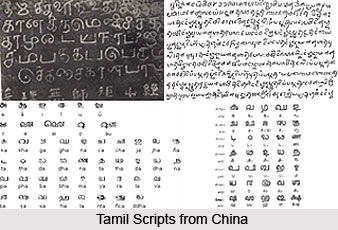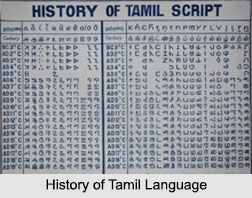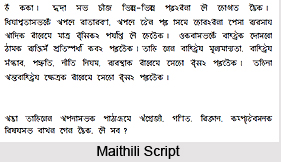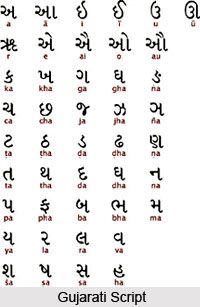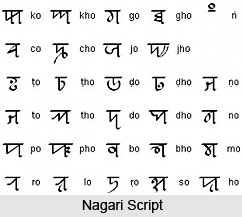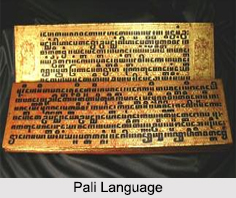 Pali Language is regarded as a cardinal ancient language of India, belonging to the Middle Indo-Aryan language or Prakrit of India. It is wholly popular and acknowledged as the language of the earliest surviving Buddhist scriptures, as compiled in the Pali Canon or Tripitaka and as the liturgical language of Theravada Buddhism. The hallowed and consecrated scriptures of Buddhism are absolutely penned in ancient Pali Language. Pali Language is called “the language of mankind"s philosophyâ€. This is because it has the most copious literature based upon religion and philosophy in the whole wide world.
Pali Language is regarded as a cardinal ancient language of India, belonging to the Middle Indo-Aryan language or Prakrit of India. It is wholly popular and acknowledged as the language of the earliest surviving Buddhist scriptures, as compiled in the Pali Canon or Tripitaka and as the liturgical language of Theravada Buddhism. The hallowed and consecrated scriptures of Buddhism are absolutely penned in ancient Pali Language. Pali Language is called “the language of mankind"s philosophyâ€. This is because it has the most copious literature based upon religion and philosophy in the whole wide world.
Origin of Pali Language
Pali literally stands for "sacred text". It is assumed that Gautama Buddha was of the habit to mouth in Pali and thus, Pali canon is regarded as the most veritable version of the sermons delivered by Buddha. Pali belongs to the Prakrit language family as a literary language.
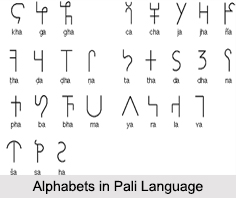 Development of Pali Language
Development of Pali Language
Pali language bears with itself rich historical development and maturing into that language. The word Pali literally with its meaning “the refined language†was lent a formalised appearance, the acclaim of which solely goes to the legendary grammarian Panini, who lived approximately 500 years B.C.E.
In this context of Pali language, another language, Magadhi was spoken in the eastern part of North India. This was probably, the language preferred and employed by Lord Buddha. It was this language that came to be matured and evolved into a written language, which is now referred to as “Paliâ€. Pali language was believed by early Buddhists to bear linguistic similarity with Old Magadhi or even a direct extension of that language.
Pali essentially serves as a written language, though it possesses no special script to call its own. Pali was also the lingua franca of the Buddhist countries of south and south-east Asia for well over a thousand years. Each country subsequently developed its own Pali literature and chronicles. The Pali Canon was eventually transliterated and conserved wholly for several generations.
Present Status of Pali Language
However, Pali language was ultimately absolutely replaced in India by Sanskrit as a literary and religious language following the conceptualisation of Classical Sanskrit by the tremendous scholar Panini. In present times, Pali language is studied primarily to smoothly grasp and assimilate Buddhist scriptures and is recurrently chanted during times of ritualistic contexts.
From the 19th century, numerous social orders for the revivification of Pali studies in India have boosted awareness of the language and its literature, perhaps most conspicuously the Maha Bodhi Society established by Anagarika Dhammapala.
Morphology in Pali Language
The Pali language lexicon and glossary is just like any other ancient Indian language that is filled with complex and meticulous structures. Nearly every word in Pali possesses a cousin equivalent in the other Prakritic “Middle Indo-Aryan languagesâ€. Pali language"s resemblance with Sanskrit is often overstated by comparing it to later Sanskrit pieces, which were penned centuries after Sanskrit discontinued to be a "living language". A reasonable amount of later Pali technical terminology has been loaned from the vocabulary of corresponding fields in Sanskrit, both directly and with certain phonological adaptations.
Post-canonical Pali language also possesses a few loan-words from local languages where Pali was made use of. These usages tell apart the Pali found in the Sutrapitaka from later compositions like the Pali commentaries on the canon and folklore and comparative study. However, by the time of the compilation of the Pali commentaries (4th or 5th century), the language was regarded as the natural language, the root language of every being.
Pali is an exceedingly inflected language, wherein almost every word contains, besides the root expressing the central meaning, one or more affixes (normally suffixes) which amend and transform the meaning in some way. Nouns are inflected for gender, number, and case; verbal inflections communicate further understanding related to a person, number, tense or mood. Long and short vowels stand in huge disparity in open syllables for Pali language.
